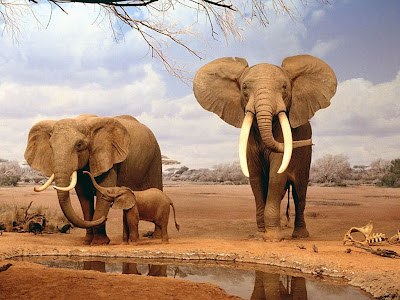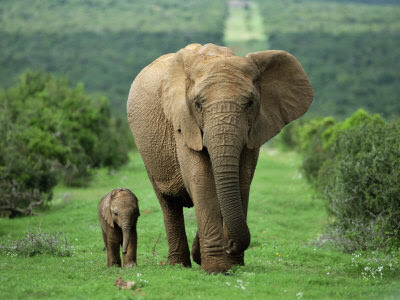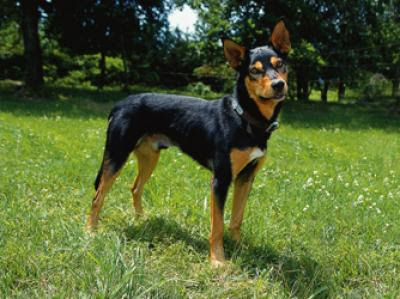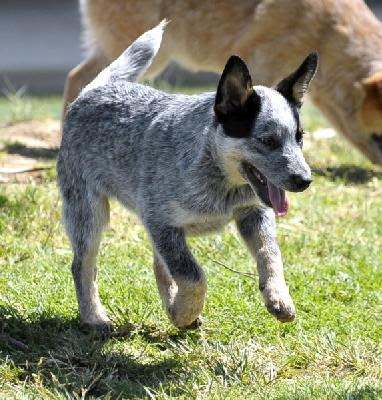
The Life of Animals | Appaloosa | The Appaloosa is best known for its distinctive, preferred leopard-spotted coat complex. There are three other distinctive, "core" characteristics: mottled skin, striped hooves, and eyes with a white sclera. Striped hooves are a common trait, quite noticeable on Appaloosas, but not unique to the breed. ApHC Horses with two parents but no "identifiable Appaloosa characteristics" are registered as "non-characteristic," a special limited registration status. The original "old time" or "old type" Appaloosa...




















































